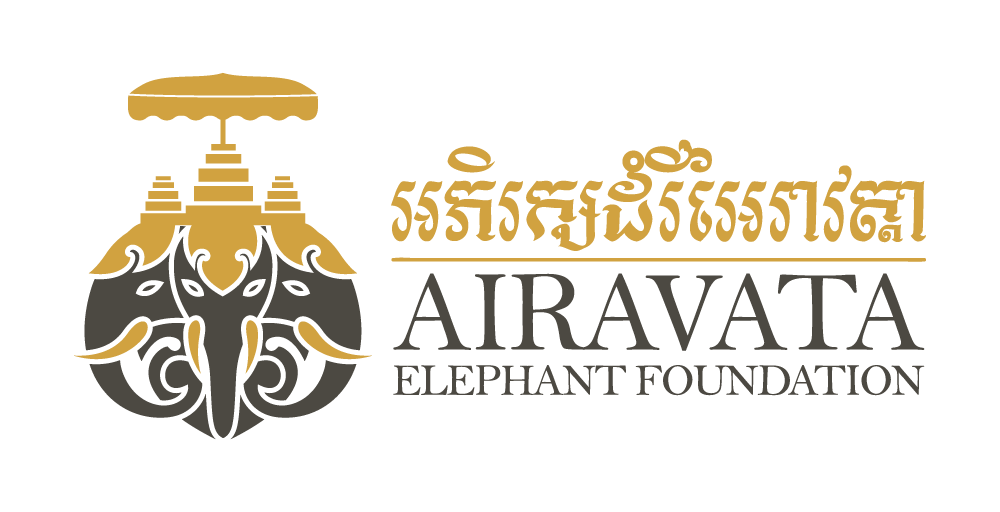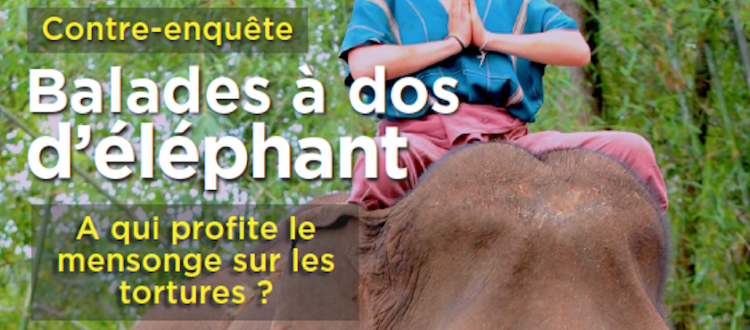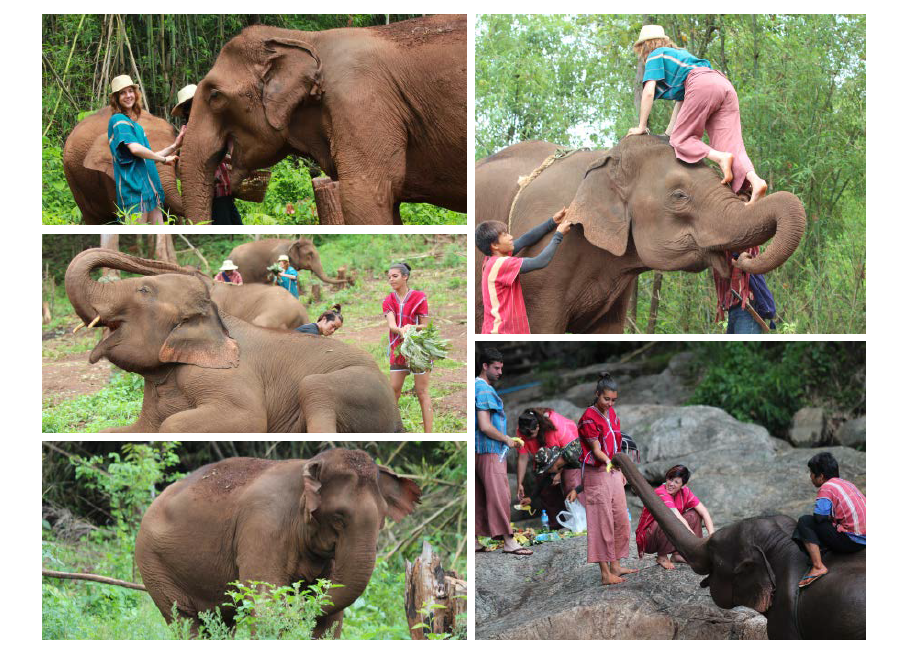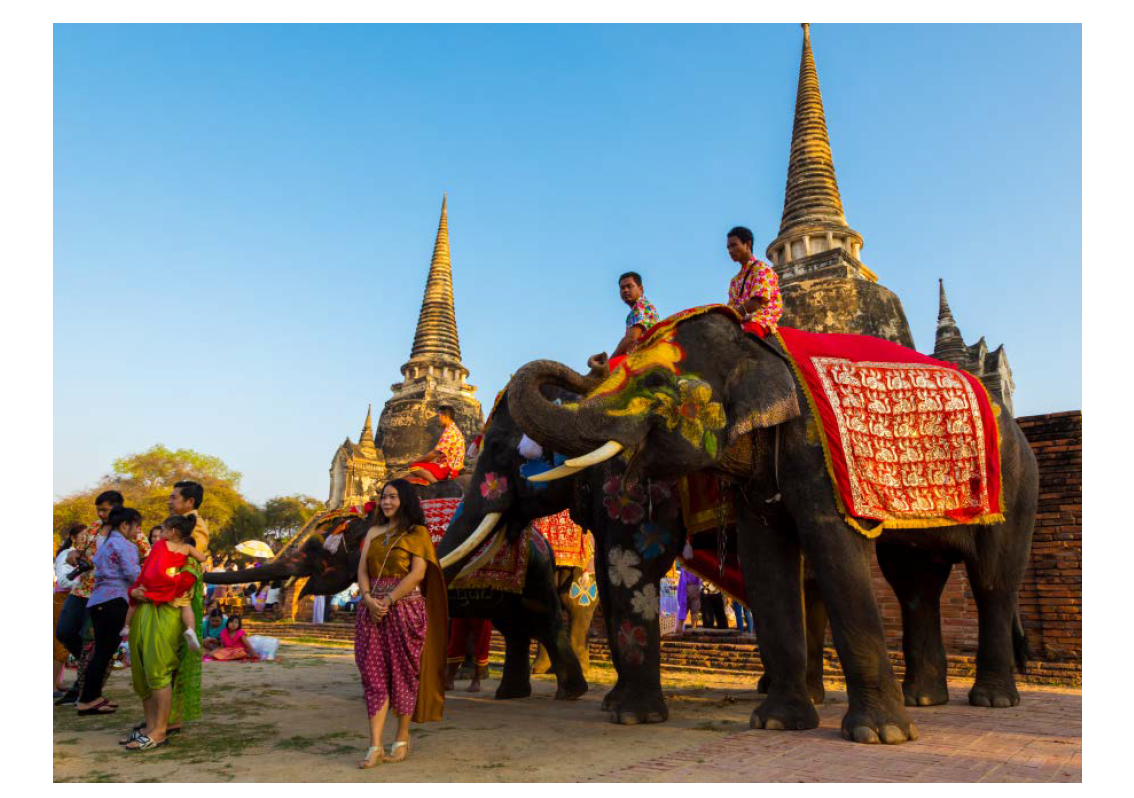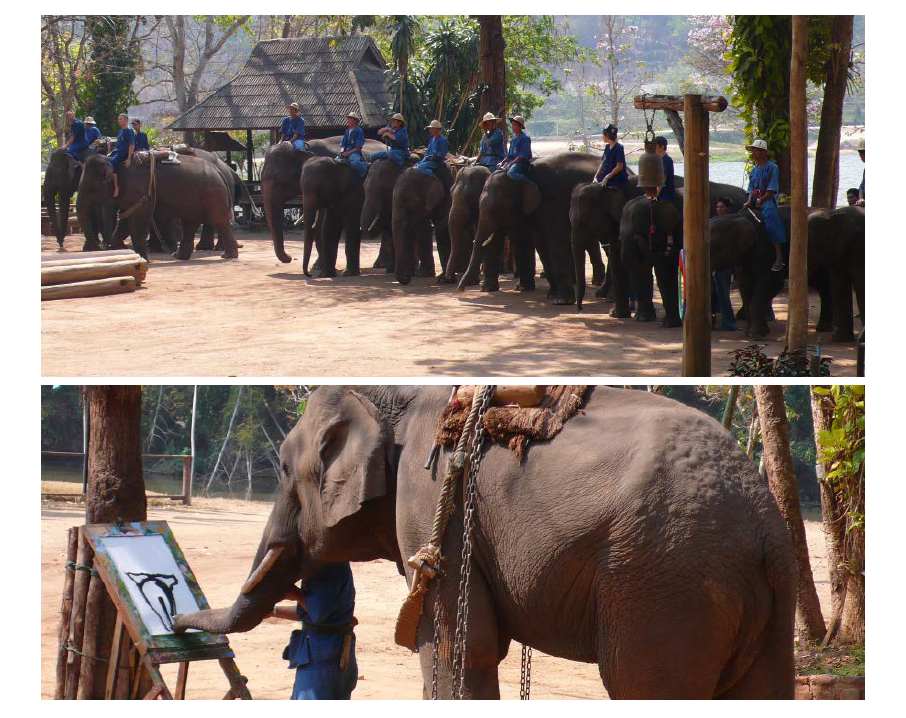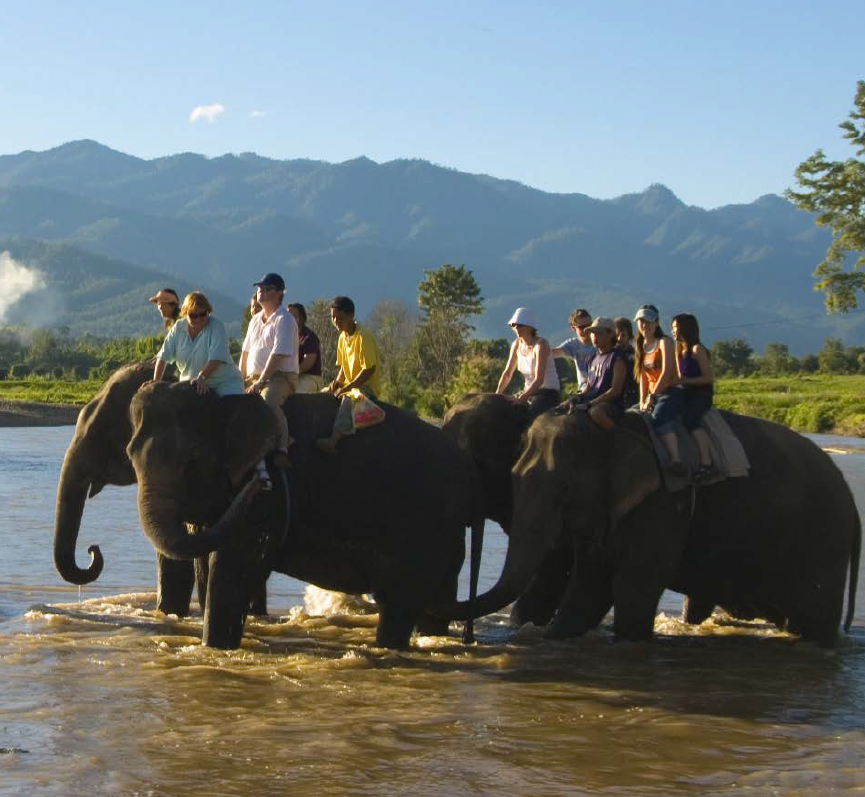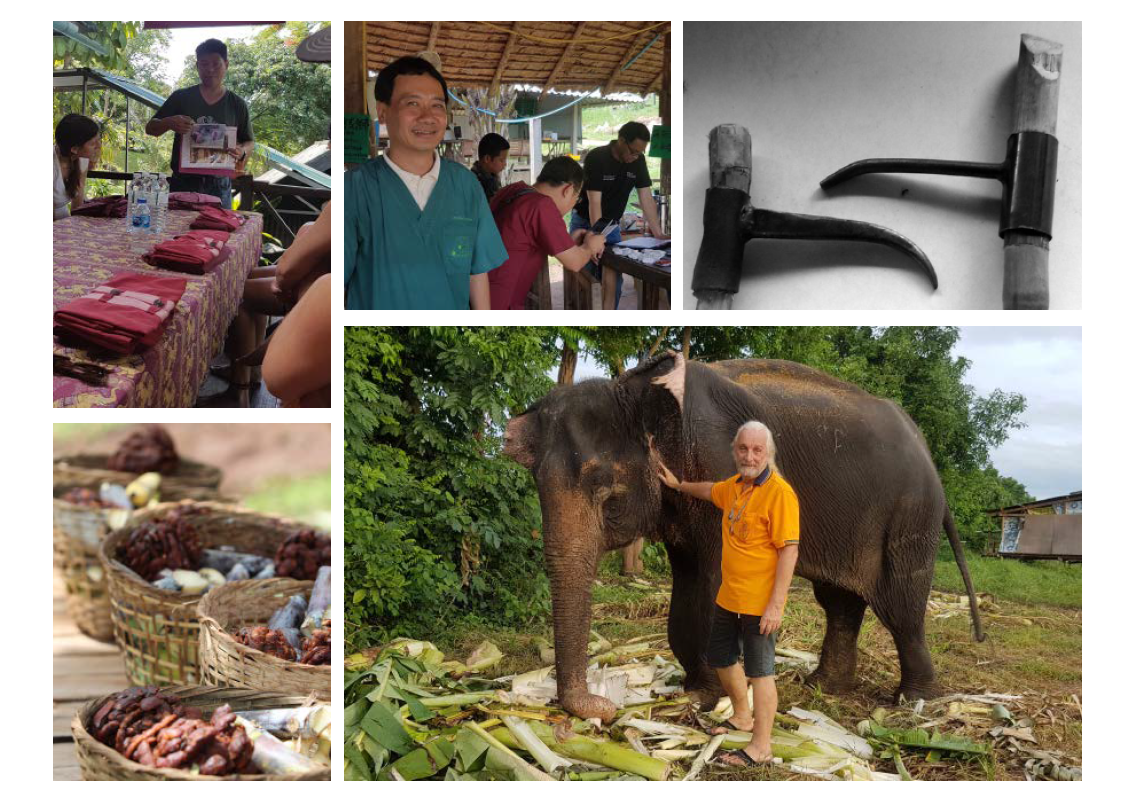Elephant rides, who benefits from the lies about torture?
In just a few years, elephant rides have gone from major attraction touted in all guides to a barbaric practice where pachyderms would be enduring the worst tortures. Acts relayed on social networks by a video that shocked the opinion, to the point of encouraging some tour operators to remove them from their circuits and camp owners in Thailand to abandon this activity. But the experts are unanimous: the public has been deceived and in no case the walks are a torture.
Who, then, is at the origin of this “elephant bashing”, and for what purpose?
Gavroche investigated.
By Holden Raynaud
Today, riding an elephant on a trip to Thailand is bad. With each photo or video posted by tourists on the Internet, critics fuse, denouncing the suffering of pachyderms and the way they are treated to satisfy the tourist industry.
On the network, elephant rides are accused of all evils: young elephants would be tortured during a ceremony for several days to prepare them for their task, and subject to the “bull hook”, a stick equipped with a hook that the mahout uses to control the animal. And these elephants, when they are not on a ride, would spend the rest of the time chained.
Following this campaign, tour operators have distanced themselves. Of the five major actors interviewed in France, three have banned the walks of their programs, the two others continue to offer them while trying to guide their clients to “other types of visits, in centres where abused elephants are rescued, not implying suffering, “explains Véronique, travel advisor at Terre d’Aventures. “We have banned elephant rides and we encourage tourists to change their behaviour” says a Jet Tours sales manager, who is also responsible for changing mindsets.
In parallel with these criticisms, Thailand has witnessed the emergence of “sanctuaries”, centres where abused elephants are rescued and where visitors are promised a respectful encounter with the animal, without rides.
In just ten years, their number has increased tenfold.
The largest of them, and the precursor, the Elephant Nature Park, opened in the late 90s in Chiang Mai. It now manages more than 100 elephants and has opened other centres in Thailand and Cambodia.
Chiang Mai Province is home to the most numerous domestic elephants in Thailand. Since the arrival of mass tourism in the early 1980s, many agencies have offered experiments with elephants.
“In Thailand, all elephants carry a microchip, are identified and followed,” says Tee Waterton, 28, owner of Karen Cultural Tours, whose family is of Karen origin, a minority that has always lived with elephants.
Tee finds it hard to understand why walks have become so unpopular to strangers. “The burden of a person on his back is no problem for an elephant that weighs several tons,” he says. But most Westerners prefer to bathe, feed and walk with them.
They are also much more curious and like to be explained the psychology of the animal, its history, “etc. ”
LThe historical link between elephants and Thais is very strong. The first kings of Siam won famous battles with their elephants and raised the animal to Royal status. Until 1916, the flag of Siam was red, with a white elephant in its centre. In the twentieth century, elephants worked for a long time in the timber industry, until the ban on their exploitation for this type of work, in January 1989, in order to protect forests from logging.
It was then towards the booming tourism industry that the elephants were “reoriented”, on which the families of mahouts depend. Like Elephant Rescue Park, most elephant sanctuaries in the area are located just under an hour north of Chiang Mai, on a road along the Mae Taeng River.
“The suffering inflicted on an elephant for walks is inhuman. I do not know if you’ve seen the videos on the internet, but it’s impossible for me to endorse this”, says Audrey, a 24 years old Australian on vacation who came to visit the centre with her two friends. “I read that this centre was rescuing animals that had been abused. We came to see elephants but not to participate in their exploitation, “she insists. Each paid 2000 baht (65$) for the full half-day, transfer included.
The local owner, Apichit Duangdee, has provided information to his visitors on the domestic elephant and wild elephant populations in Thailand, respectively estimated at 4000 and 3000, a slight increase in recent years.
He then recounts with a visible emotion the story of his elephants. Some, old and tired, were giving rides to tourists, others featured in local circus shows. He bought them one by one from their owners, who did not want them any more, to offer them a happier end of life.
When Apichit asks visitors whether elephant rides are a good thing, the group responds “no” in unison. Apichit then asks why. They answer, as evidence that riding on an elephant makes it suffer.
A bit teasing, and as if he was expecting this answer, he asks:
“Why do you say that about elephants when at home you ride horses?” Audrey, the young Australian girl, answers: “It’s not the same”.
“It’s true, a horse is much weaker,” says Apichit with a little smile.
His act is well founded, and his demonstration is implacable. This time he will not get an answer. The confusion sowed among his visitors was enough.
Each elephant is always accompanied by his mahout, master and inseparable companion, without him, no excursion, as was the case that day when an elephant was missing, his mahout being sick. After feeding them bananas, it was time for bathing, a moving moment of shared emotions, caresses and games.
However, once the customers have left, the owner of the sanctuary wishes to clarify his remarks on the comparison with horses.
Apichit says it again, just like Tee Waterton of the Karen Cultural Tours before him: “No, riding an elephant is not painful for the animal, nor damaging in itself, even if we add a seat. What is, as everywhere, is overexploitation and over-rides. ” If the man is categorical about the suffering suffered by the circus elephants, his opinion differs completely for the rides. “I do not notice more wounds or infections on the elephants who offer rides than on the sanctuaries, at least in the camps that take care of their animals, not the others, that we know, confirms Dr. Sidittet. Mahasawangkul, chief veterinarian and director of Lampang’s Elephant Hospital where animals with heavy wounds are cared for.
Moreover, an elephant that gives rides usually has a slightly more varied diet. And if he does not do too much, walking is good for his health. I’m not saying that rides are better, but from a medical point of view, there is no noticeable difference.” The hospital’s veterinarians spend most of their time visiting the camps in the area for weekly pachyderm medical monitoring.
Since 2002, the Ministry of Tourism has published a very specific document to determine the standards that must be respected by an elephant camp. This document, of more than 100 pages, governs the structure of the camp, its layout, the food, the health and the tasks that an elephant can perform. It also takes an interest in the training of mahouts and in the environmental management of the camp, an ideal practical guide, which in fact, is little followed.
In 2016, a survey by the Thai Ministry of Tourism revealed that among the 150 camps inspected, only ten were fully in order. But today there is nobody responsible for sanctioning non-abiding centres, nor is there any label to distinguish quality criteria with objective criteria.
A shortcoming denounced by Apichit. “The government could solve the problem by forcing all the camps to be legally registered and by making it mandatory to receive full mahout training before being allowed to handle elephants,” he says. As a matter of fact, today, anyone with means can open an elephant camp. Yet Tee remains optimistic: “I am sure the government will soon legislate, because it is a business that is growing every day. ” For Dr. Sidittet, the bad reputation of elephant rides in Western eyes is due to the confusion between the videos of torture that we see on the Internet (phajaan), the rides and the whole movement against cruelty towards animals that has developed.
Phajaan is a training method practiced by the Karen people, marking the separation of the young elephant with his mother. He is locked up and beaten for several days to make him docile and able to work, especially for the transport of wood. It is this practice that is at the centre of the denunciations by NGOs.
On the Internet, a number of videos systematically associate phajaan to elephant rides, with a lot of “Stop Riding” messages. Yet, despite different editing, it is still the same and only video of phajaan, undated, which is broadcast as evidence. Apichit knows it well. “This video was made in a Karen village in Mae Cheam. It was shot by a major elephant sanctuary in Chiang Mai, he says. They used it to change people’s view of elephants and promote their own sanctuary. ” Although Apichit does not wish to reveal the name of the sanctuary, several camp leaders confirm that this sanctuary is Elephant Nature Park (ENP).
The voice of the founder of the ENP would be recognizable on the video, and her name appears on some versions. Moreover, it is still these same images that are found in the preamble of visits to the Elephant Nature Park, and which show the phajaan as systematic for domestic elephants. But this barbaric and ancestral method is no longer practiced by the centres, as Tee explains. “It’s a method of the past! Nowadays, we train elephants without hurting them, even if it takes more time, from one to three months, ” he says. Since the 1970s, there are methods of positive reinforcement or non-domination, based on reward and not coercion. They take longer but provide better results, and without torture.
“If phajaan was still as widespread as they claim, why is there only one testimony, this very video? There should be a lot more, right? Asks Apichit of Elephant Rescue Park. The systematic association between domestic elephant and phajaan would therefore be false, since “soft” methods are now widely used.
Despite this, the images of the rides continue to be associated with torture and contribute to the development of sanctuaries. “In Thailand, since the creation of Elephant Nature Park, sanctuary development has accelerated,” says Dr. Sidittet. “But Thais, and Asians in general, continue to enjoy elephant rides. ”
An obligation to adapt
With all the fake news circulating on the internet, camps in Thailand have been forced to find alternatives. “You know, before, all the camps here proposed rides. We are just adapting to the tourists’ changes of behaviour and the requests of the tour operators, grants Apichit. In reality, we know that rides are not bad for the animal.
A false image which is voluntarily reinforced by The Elephant Nature Park, the largest “ethical sanctuary” of Thailand, as specified by Apichit. “They want everybody to stop the rides and adopt their model. Each of their visitors is shown a video of torture explaining that this is what we do for rides, which is absolutely not true! They also insist that elephants are chained in the camps, while they do exactly the same thing. It is impossible not to chain an elephant at night. If we do not do it, we find it 40 kilometres away the next day. ”
Besides sanctuaries are very profitable, when an elephant could only carry two tourists, walks and swimming allow many more participants. And rates are higher too. While a ride is sold for 400 baht on average, the half-day immersion in a sanctuary costs between 1000 and 2000 baht. “Yes, that’s right,” agrees Tee, Karen Cultural Tours. But feeding an elephant is very expensive. And here we do a lot more than rides; there is a real exchange.
Elephant Nature Park has thus voluntarily initiated a campaign to denigrate elephant rides and promote their model, highlighting the well-being of elephants and their freedom, while their living conditions (chaining, mahout, bull hook…) are not very different. An opinion confirmed by other camp leaders in Chiang Mai, Chiang Rai, Kanchanaburi, as well as several specialists we were able to interview by phone. Elephant Nature Park is now a very profitable business, with marketing and well-oiled methods.
Towards which model?
It is also in Kanchanaburi that François Collier opened Ganesha Park more than 15 years ago, on a large roadside and riverbank site, a few kilometres from the Erawan Falls. Elephants are part of the family here. For this Frenchman who has made a career in motor sport, the main problem in Thailand is primarily the reduction of the territory of wild elephants. The population is growing, their space is shrinking and unfortunate encounters between villagers and wild elephants are increasing. If we continue like this, wild elephants will disappear from the country, as wild horses have disappeared in France. The recent increase in elephant population in recent years is just an illusion in the face of rapid deforestation.
According to François Collier, domestic elephants have a vital role to play in the sustainability of the species. Extremely social, they cohabit very well with the human. Here, no abuse, no bull hooks. Instead, a rounded iron tip, because for him, this tool is “absolutely necessary”, in case of panic in particular, to control the animal. Here, no dogmatic approach either, just pragmatism and respect. This is how Ganesha Park works, where riding on an elephant is always possible, preferably bareback.
” The elephant barely feels the weight of the man, it’s obvious! A human on his back is like a backpack for us. ” The Frenchman, who confirms having stopped the rides following the virulent campaigns of the defenders of the environment and the animals, blames those people, “whose dogmatism pushed to the extreme is for the most part disconnected from reality and prevents any debate by playing on the emotion aroused by torture, the bull hook, the chains … ”
The elephant ride is thus far from causing the animal horrible suffering as claimed by its detractors. Worse, the virulent campaign seems to have been manipulated by some players wanting to change their model, mainly for economic reasons. The latter, with the aid of a clever marketing campaign, managed to topple public opinion as well as the main NGOs in a simplistic “anti-ride-ism”, with false arguments and false generalizations.
All elephant professionals agree on one point: the problem does not come rides, but from the methods that are used. In the absence of an official certification for respectful camps, and with no sanctions, choosing the right camp remains very difficult today.
